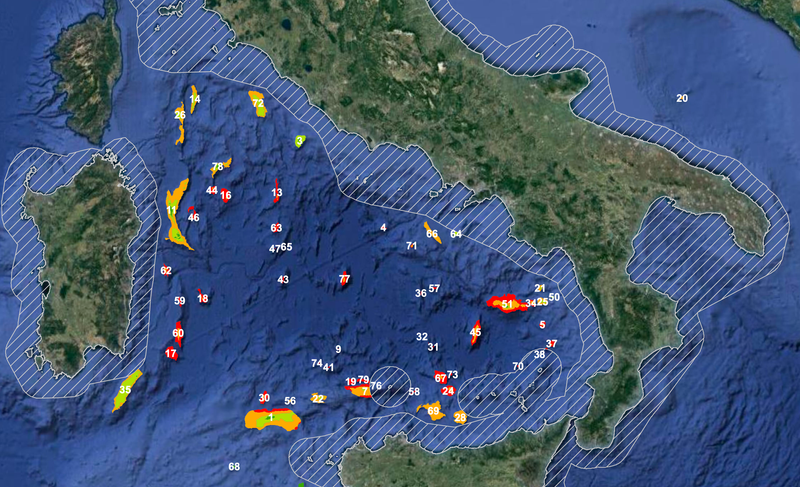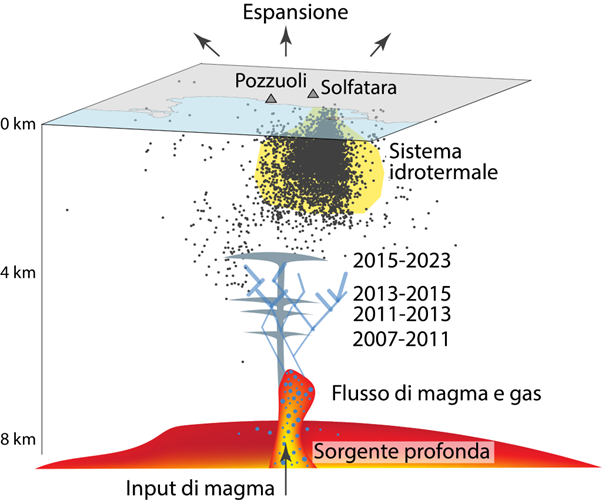New discoveries from Antarctica
A chain of undersea volcanoes in Antarctica discovered. The complex, never before detected, was intercepted by the scientific mission conducted aboard the Italian icebreaker "Laura Bassi."
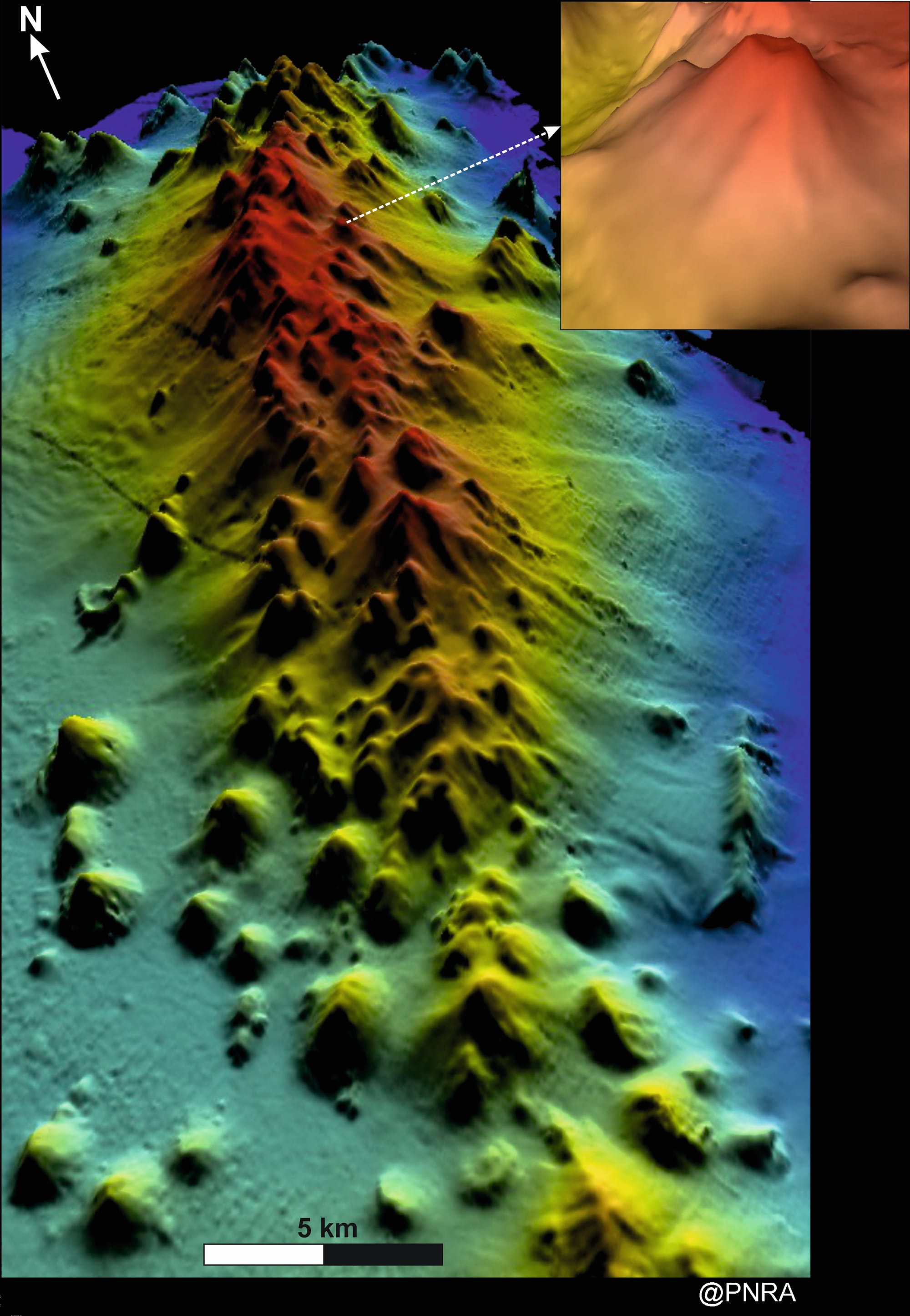
A meaty scientific mission has led to the discovery of a chain of undersea volcanoes in the remote waters of North Antarctica. The surveys, conducted aboard the Italian icebreaker"Laura Bassi" of theNational Institute of Oceanography and Experimental Geophysics - OGS, are part of the international BOOST project funded by the National Program for Research in Antarctica (PNRA) and coordinated by theUniversity of Genoa. The project involves researchers fromOGS in Trieste, theInstitute for Geosciences and Natural Resources (BGR) in Hannover, the University ofRoma Tre and theUniversity of Trieste.
Geographical location
Located at about 70° south latitude off the Pennell Coast in the Victoria Land region, this chain of submarine volcanoes spans a length of about 50 km and a maximum width of 15 km. Although it rises more than 1,500 m above the surrounding ocean floor, its peaks remain hidden beneath the sea, with the closest point to the sea surface located at about 600 m depth.
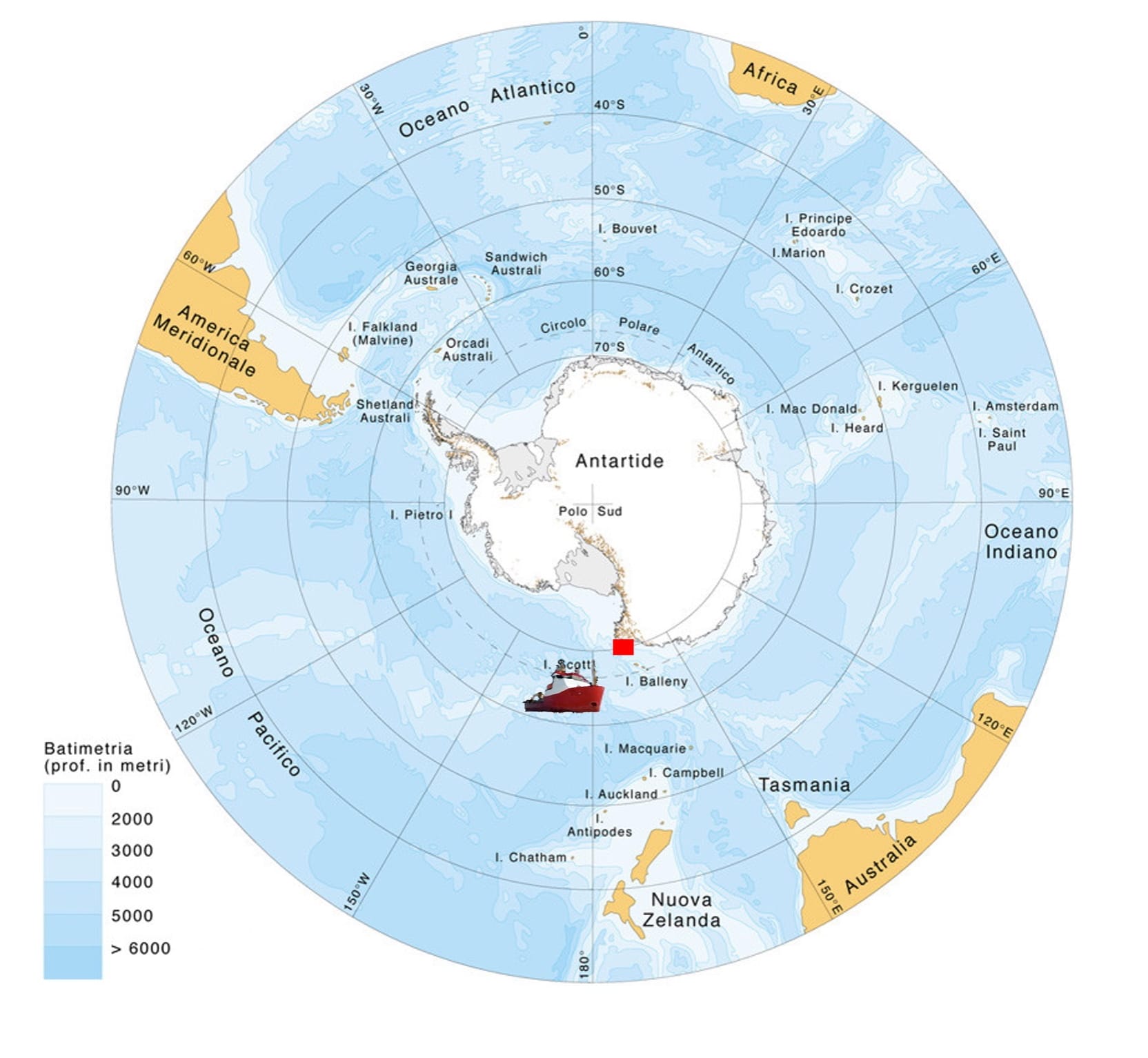
A crucial discovery
The volcanic complex, never before identified, is located in a crucial area for studying the Antarctic ice sheet. The scientific team has carried out the acquisition of geophysical and geological data, including: high-resolution morpho-bathymetric surveys of the seafloor, seismic and magnetic lines, aeromagnetic data, and the sampling of marine sediment cores.
"The area studied by the project represents a key area for understanding the interaction between geological processes related to lithospheric plate motions and the evolution of Antarctic ice sheets," stresses Laura Crispini, a professor at the University of Genoa and the project's scientific leader. "In the past, the area has hardly been investigated at all, mainly because of its remote geographic location, often covered by sea ice and characterized by extreme meteomarine conditions. Thanks in part to the combination of new logistical opportunities, coupled with the presence of an experienced technical and scientific crew aboard the N/R Laura Bassi, and the good meteomarine conditions, we were able to record a new exploratory milestone for future research."
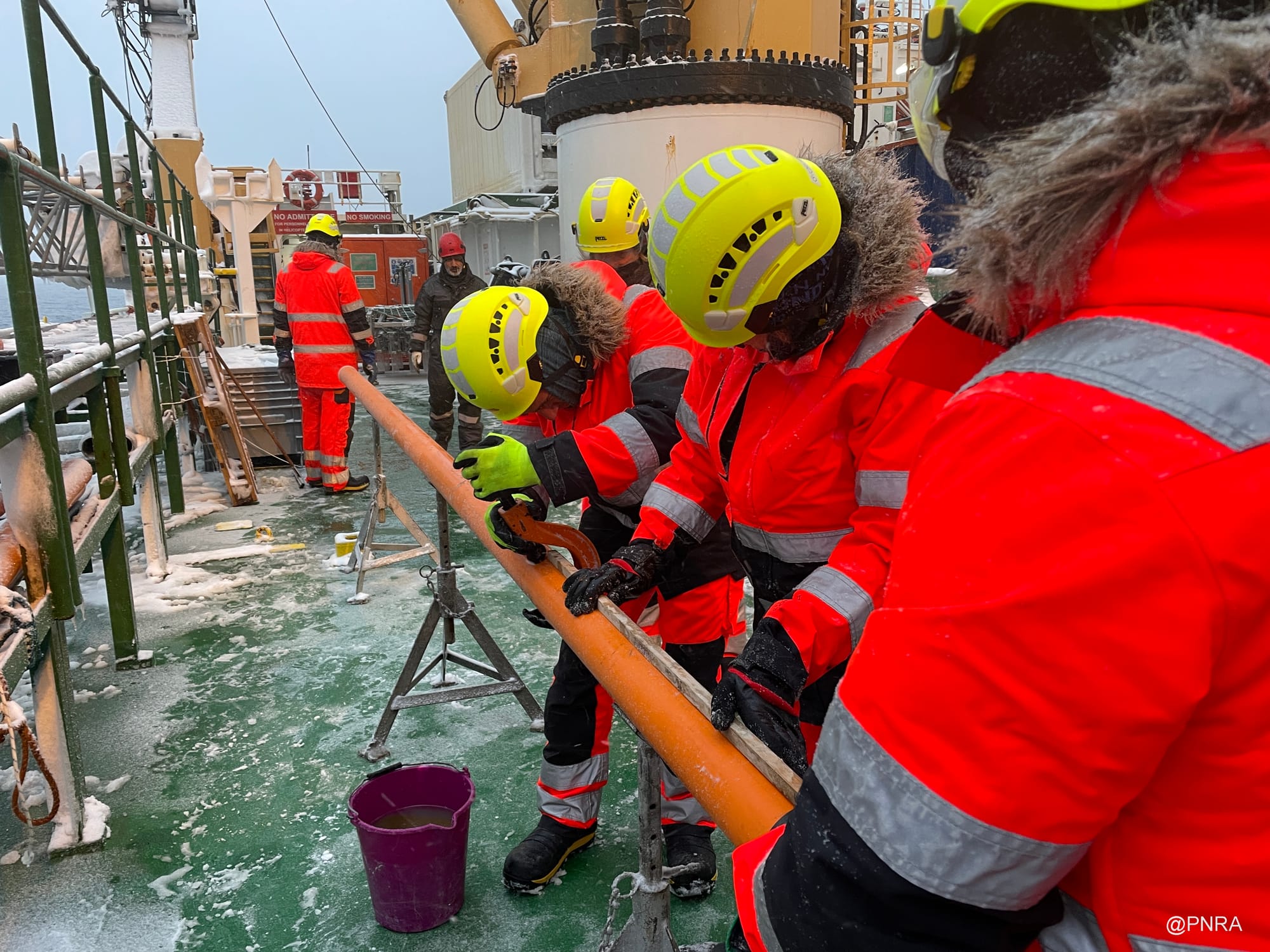
Implications and future prospects
The discovery of this young volcanic chain raises many questions about its origin and age. Its impact on geology, geodynamics, water chemistry and interactions with the biosphere are still being studied. The newly acquired data, however, provide an important window of understanding into the geological processes that have shaped Antarctica and could contribute to the study of global changes affecting the planet.
"Our first analyses reveal the existence of a main volcanic complex, occupying an area of more than 500 km2, consisting of a set of cones aligned along a north-south axis, and a second ridge, also of probable volcanic origin but smaller in size, in the southern part of the study area. The volcanic edifices occur both isolated and forming elongated ridges, and in some cases summit craters are clearly visible," specifies DarioCivile, researcher and head of the OGS Research Unit. "The volcanism would appear to be geologically recent but its origin and age remain to be determined exactly. The discovery of a young volcanic chain characterized by lava and fluid upwelling has implications both from a geological and geodynamic point of view, as well as from a physical/chemical point of view, and of water composition and interactions with the biosphere."
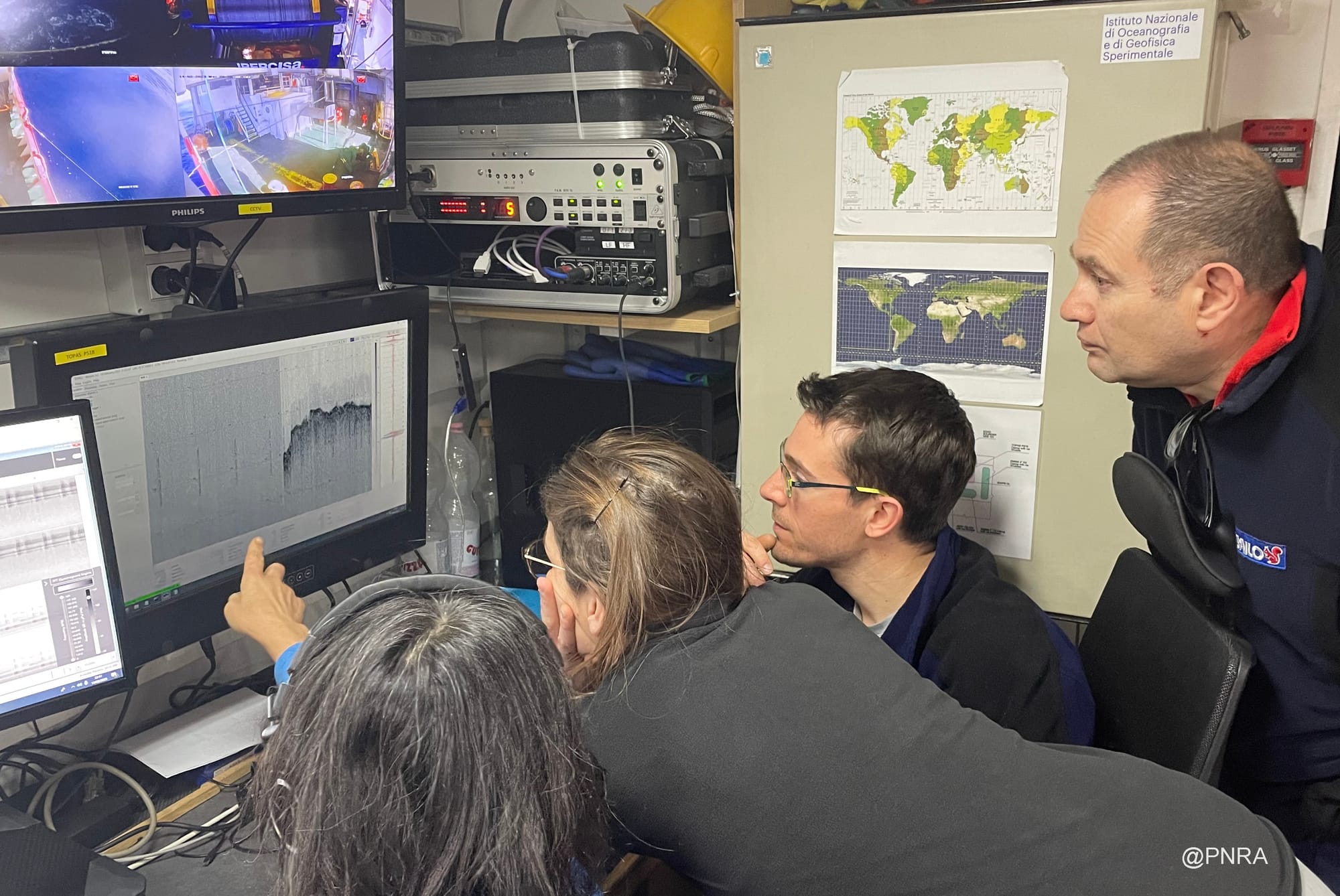
Conclusions
Scientific missions to Antarctica, funded by the Ministry of Universities and Research and managed by the National Research Council (CNR),ENEA andOGS, play a fundamental role in research. Thanks to international determination and collaboration, this discovery opens new doors to understanding our planet and its extraordinary and complex geological system.




